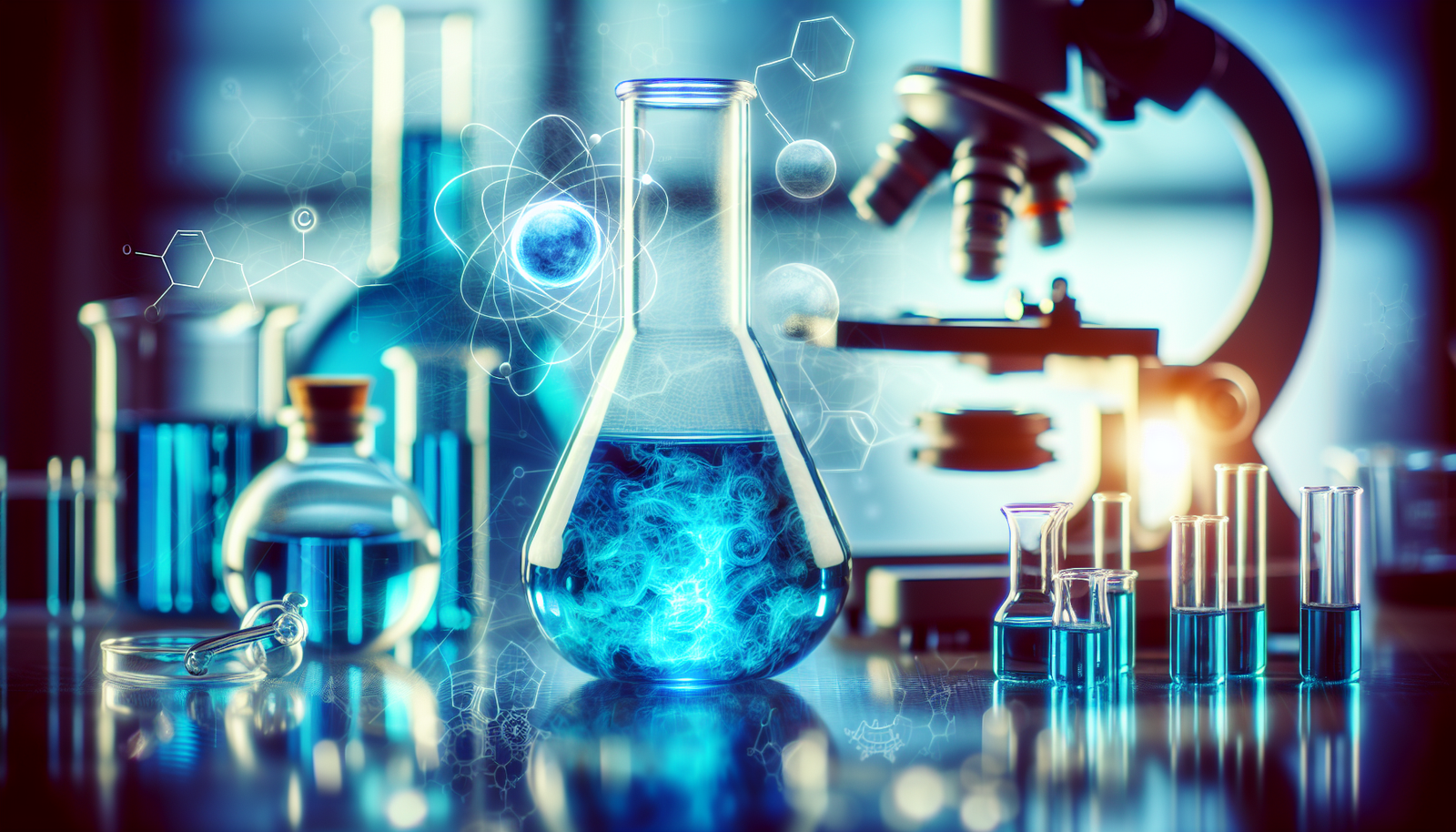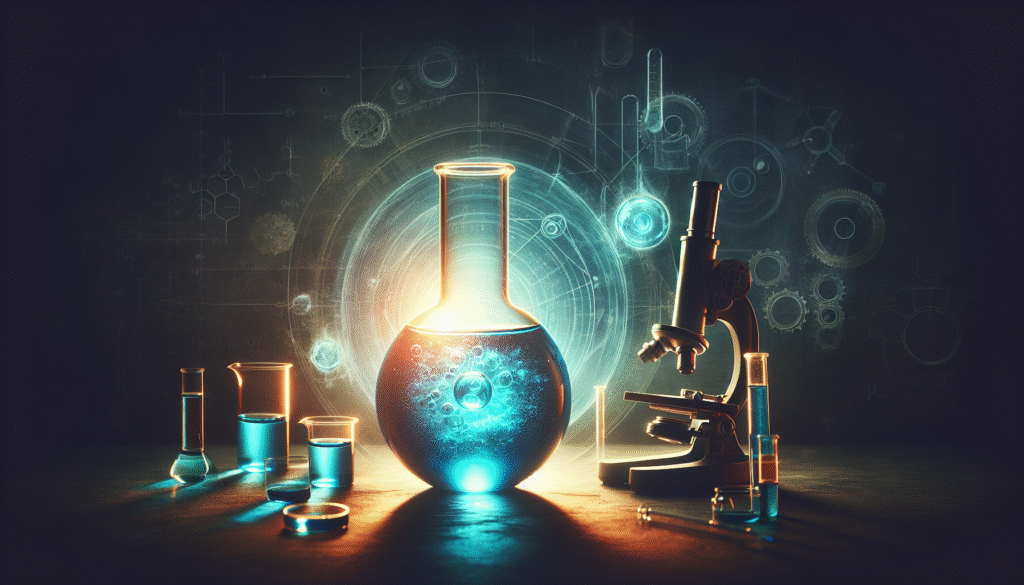
Have you ever considered the potential applications of a chemical compound like methylene blue beyond its traditional use?

Introduction to Methylene Blue
Methylene blue is a synthetic dye that has pervaded various fields, serving as more than just a coloring agent. This compound has shown promise in fields ranging from medical treatments to biological research and industrial applications. Its versatility reflects the crux of modern scientific inquiry: the quest for multifaceted solutions to complex challenges.
This article will examine the future of methylene blue in science and industry, shedding light on its therapeutic uses, role in research, and industrial applications.
Historical Context of Methylene Blue
Methylene blue was first synthesized in the 19th century and emerged as a significant agent in both medicine and dyeing processes. Originally developed as a textile dye, its medical applications became apparent shortly thereafter. It was used as an antiseptic, a dye for microbial identification, and even as a treatment for conditions like malaria. Understanding its origins provides crucial context for its potential future use.
Medical Applications
Methylene blue’s interactions with biological systems are of particular interest. Its use in treating methemoglobinemia, a condition where hemoglobin is unable to effectively release oxygen, showcased its immediate therapeutic potential. Recent studies have also explored its neuroprotective properties and potential roles in treating conditions such as Alzheimer’s disease and depression.
Neuroprotective Properties
Emerging research has started to underscore methylene blue’s ability to enhance mitochondrial function. Mitochondrial dysfunction is a common feature of neurodegenerative diseases. By improving energy metabolism, methylene blue may mitigate some of the degeneration experienced in neurological conditions.
Antimicrobial Properties
The compound exhibits promising antimicrobial properties. Its efficacy against various pathogens, including bacteria and fungi, could be invaluable in sectors such as healthcare, where antibiotic resistance is a growing concern.
Diagnostic Applications
Methylene blue’s utility in diagnostics further exemplifies its significance. Used as a staining agent in histological studies and microbiological assays, it aids in the visualization of cellular structures and organisms. This application is crucial for accurately diagnosing diseases and conditions.
Current Research Trends
The landscape of research surrounding methylene blue is evolving. Recent investigations have shifted focus toward understanding its broader implications in treatment approaches and its mechanisms of action.
Advancements in Research Methodologies
As research methodologies become more sophisticated, the potential applications of methylene blue expand. High-throughput screening and multi-omics approaches allow scientists to better analyze its effects on various biological systems. These advancements facilitate a deeper understanding of the compound, paving the way for novel therapeutic strategies.
Interdisciplinary Approaches
Research is increasingly interdisciplinary, combining chemistry, biology, and pharmacology to explore methylene blue’s potential. This holistic approach can lead to groundbreaking discoveries about how methylene blue interacts with various biological pathways, potentially unveiling new uses within therapeutic domains.
Industry Applications
Methylene blue is not solely a subject of scientific inquiry; its industrial applications also deserve attention. By understanding how it can be utilized in different industries, you can appreciate its versatility and significance.
Textile Industry
Historically, methylene blue’s primary role was as a dye. Its continued use in the textile industry remains robust, particularly in dyeing processes. The compound’s properties ensure vibrant colors and lasting effects, making it a favorite among manufacturers.
Environmental Applications
Methylene blue also has applications in environmental science, particularly in water treatment. It can serve as an indicator for the presence of contaminants, assisting in monitoring water quality. As global water scarcity becomes a pressing concern, the need for efficient and effective water treatment solutions will only increase.
Manufacturing and Material Science
In the realm of manufacturing, methylene blue finds utility as a tracer dye to study fluid dynamics. By adding methylene blue to a fluid, engineers can observe flow patterns and better understand the properties of different materials. This application is critical for improving manufacturing processes and optimizing material use.

Future Prospects
The future holds exciting possibilities for methylene blue, driven by its multifaceted nature and the continual pursuit of innovation.
Therapeutic Innovations
With ongoing research, the therapeutic potential of methylene blue is expected to expand. Novel drug formulations incorporating methylene blue could revolutionize how certain diseases are treated. If research proves successful, we may see it in clinical applications ranging from pain management to neurodegenerative disease treatments.
Global Health Implications
As global health challenges continue to evolve, methylene blue could play a role in combating emerging infectious diseases. Its ability to degrade harmful pathogens may prove invaluable in public health, providing an avenue to mitigate outbreaks.
Regulatory Developments
Future use also relies heavily on regulatory environments. Streamlined pathways for approval could facilitate faster integration of methylene blue into mainstream therapeutics, potentially changing the landscape of how certain conditions are treated.
Conclusion
In summary, methylene blue’s journey from a simple dye to a compound with expansive potential is a testament to the power of scientific inquiry and innovation. As it continues to be explored in medical, industrial, and environmental contexts, methylene blue is poised to become a cornerstone of future scientific and industrial advances.
Its versatility and adaptability are emblematic of the ongoing explorations within the field of chemistry and beyond. The potential applications of this compound may reshape our understanding and handling of both health and industrial challenges. Taking into account the historical context, current trends, and future prospects, it becomes evident that methylene blue may very well be a critical player in the science and industry of tomorrow.